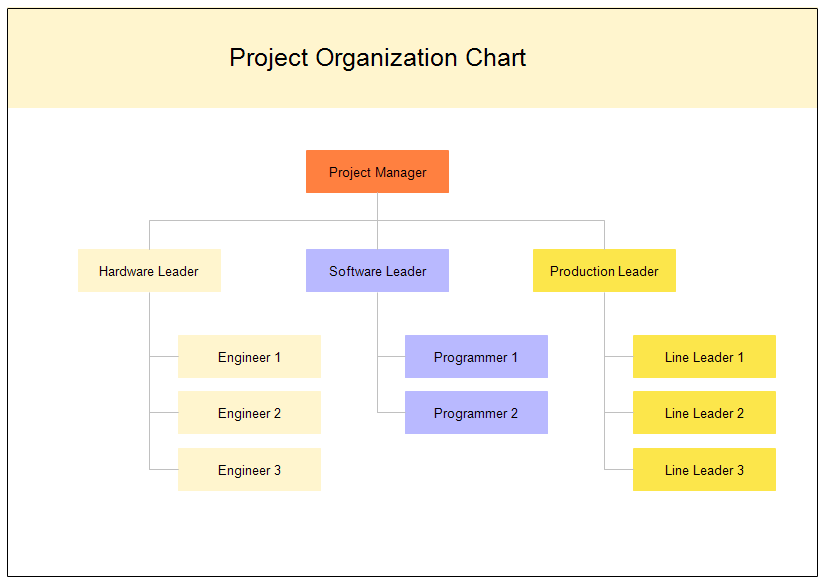My
initial blog post for the module Project Management consists of analysing the
article, "Gartner Survey Show Why Projects Fail" by Lars Mieritz
where he discusses specifically why IT projects fail concentrating on the
following categories sizes, small, medium and large. Each
classification is determined as per the graphic below (Mieritz 2012).
According
to Mieritz, the fundamental reasons for projects with a budget greater than
$350,000 flounder are due to uncontrolled budget costs and not tracking
the budget throughout the duration of the project were small IT projects,
like any project for that matter, are very much straight forward to manage and
accomplish on time. Below is a table created showing the percentage rate of
successful IT projects and failure rates for IT projects (Mieritz 2012).
Source: Gartner (June
2012)
So
why do certain classifications fail? What are the primary reasons for these
failures? Is it as simple as the graphic below, small IT projects are simple
and large IT projects are complex, maybe there is other factors to take into
consideration on why IT projects fail.
Small
Projects
Small projects have a smaller time
frame for completion, therefore this type of project could be rushed, hence
having poor quality or cancelled after launch as they do not meet the standards
of the shareholders. But why do smaller IT projects have a higher success rate
over the other two types, their iteration process is quicker, estimations of
the budget can be more accurate, more time for analysis of historical data from
similar small projects.
Medium Projects
Successful project management offices
(PMO) tend to keep projects small in order to keep a clear criteria in regards
to limiting the project size to allow for quality assurance, planning, testing.
Medium IT projects tend to be greater than 6 months, therefore communication
could break down, keeping stakeholders within the iteration processes is harder
over lengthy time periods, therefore delivering high quality medium and large
projects could prove to be more difficult and cancelled after launch.
Large Projects
Due
to larger IT projects and the difficulty in gaging how long the project will
take to complete is highlighted in the article of substantially late projects,
with a knock-on effect of cost deviation, hence why the failure rate for Large
IT projects is the highest out of the three classifications.
Anything we do, any experience,
whether it is a failure, mistake, or a success, is a learning curve for the
project manager and team. It is up to the PMO on how to get there, where the
project meets all criteria and becomes successful. Successful projects are the
ones with a great overall planning, thinking out of the box to come up with
better and/or new solutions. When we enjoy what we’re doing we also become more
productive and effective, engaging better with the teams. Likewise, positive
attitude, good communication and creative work also count for the project
success (Almakajeva 2014).
References:
Gartner
Survey Shows Why Projects Fail | thisiswhatgoodlookslike. 2018 [Online] Available
at: https://thisiswhatgoodlookslike.com/2012/06/10/gartner-survey-shows-why-projects-fail/.
[accessed 01 February 2018].
10
reasons why projects fail or common mistakes to avoid. 2018 [Online] Available
at: https://www.slideshare.net/MariannaAlmakaieva/10-reasons-why-projects-fail-or-common-mistakes-to-avoid.
[accessed 02 February 2018].





No comments:
Post a Comment